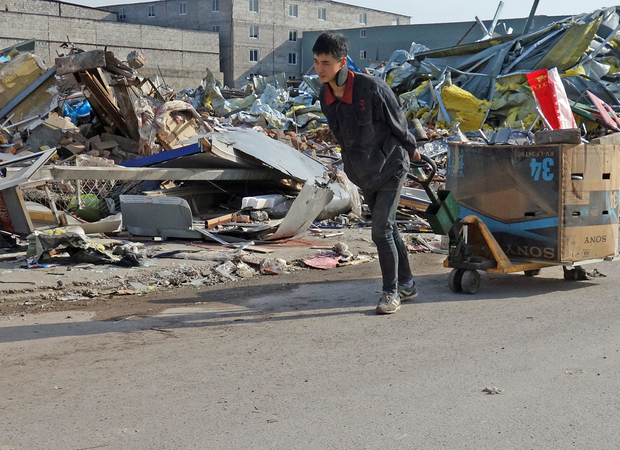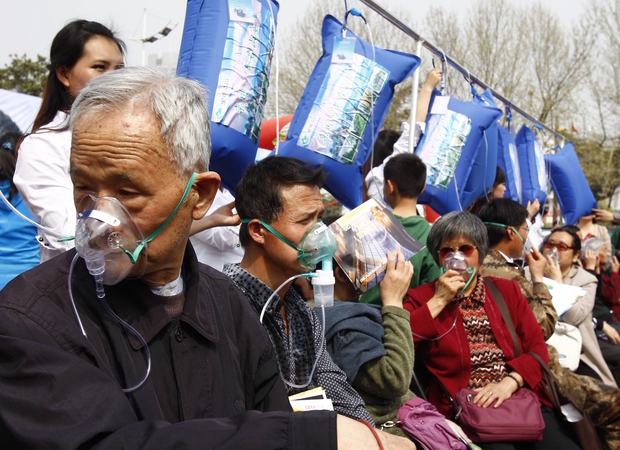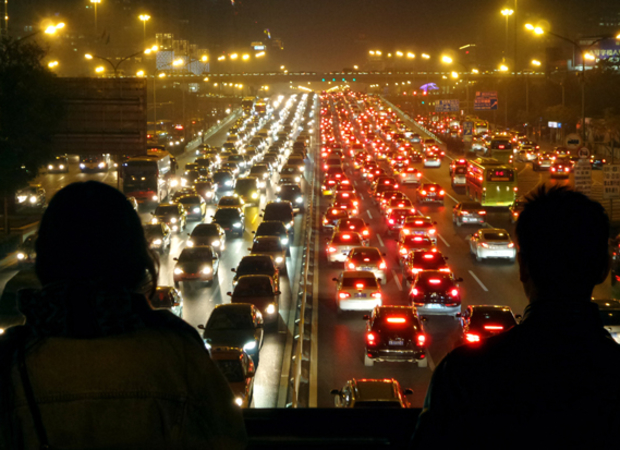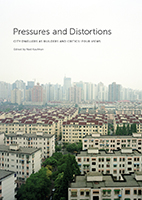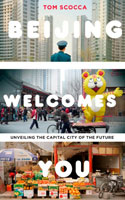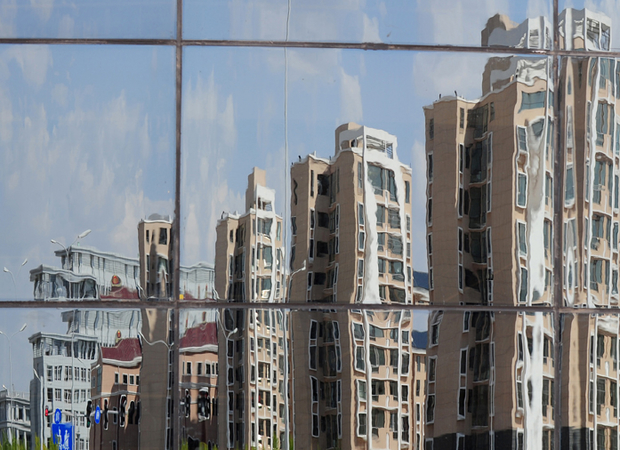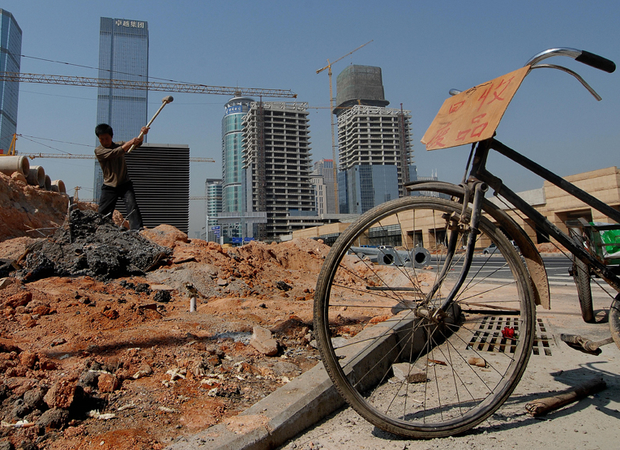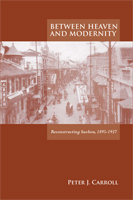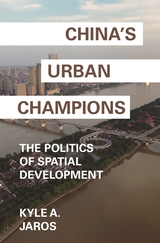
China’s Urban Champions
The rise of major metropolises across China since the 1990s has been a double-edged sword: Although big cities function as economic powerhouses, concentrated urban growth can worsen regional inequalities, governance challenges, and social tensions. Wary of these dangers, China’s national leaders have tried to forestall top-heavy urbanization. However, urban and regional development policies at the sub-national level have not always followed suit. Why do policymakers in many cases favor big cities in a way that reinforces spatial inequalities rather than reducing them?




